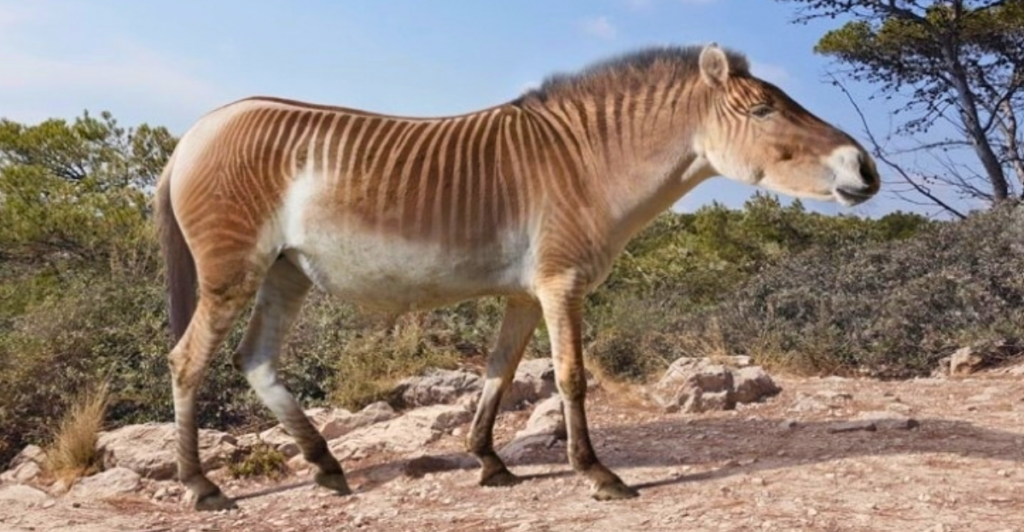
North America’s wildlife diversity has been shaped by countless species that once walked its vast landscapes, from colossal ground sloths to majestic birds such as the Terrator. However, many of these iconic creatures have disappeared, becoming little more than fossil evidence and a glimpse of a bygone era.
The extinction of these species coincides with significant environmental changes and even human activity, such as overhunting and habitat destruction.
This list takes a look at nine iconic American beasts that have disappeared forever, highlighting their unique traits, the reasons behind their extinction, and the lessons their stories offer about ecological fragility and the impact of human actions on wildlife
1. Giant Beaver
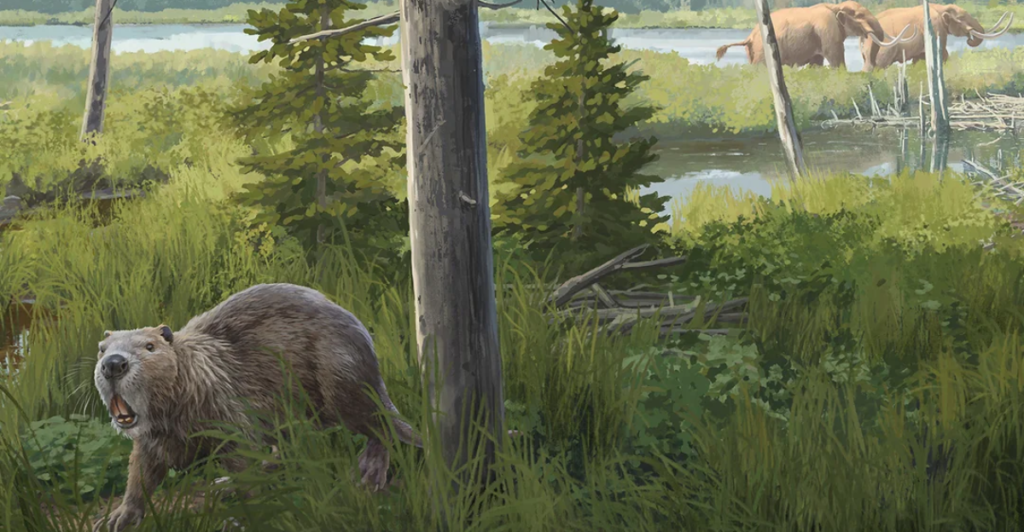
The giant beaver (Castoroides), was a fascinating creature that once roamed the wetlands of North America during the Ice Age. Weighing as much as 200 pounds — more than twice the size of modern beavers — it was a keystone species in its ecosystem.
Unlike modern beavers, these giants constructed smaller dams and lodges but still had a significant impact on the structure of wetland habitats. Their extinction about 10,000 years ago aligned with substantial shifts in the environment, including the receding of glacial habitats and the appearance of early human hunters.
Fossilized skulls and teeth reveal their size and unique adaptations. The loss of this species was a turning point in North America’s ecological history, creating an irreplaceable void in wetland ecosystems.
2. Paleolama
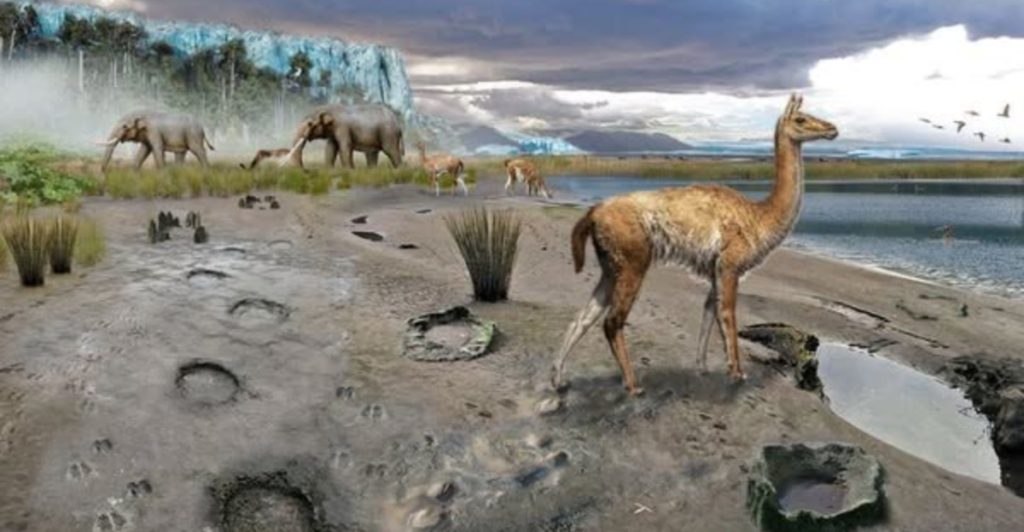
The Paleolama was a long-necked llama species that roamed the vast plains and woodlands of North America during the Pleistocene epoch. These herbivores were uniquely adapted to grazing on the abundant vegetation in open habitats, thriving alongside other megafauna.
However, their survival depended on stable ecosystems, which began to collapse about 10,000 years ago as the climate shifted and human overhunting increased. Fossil evidence suggests that Paleolama populations dwindled dramatically around the same time, leaving behind skeletal remains that provide insight into their evolutionary history.
Their extinction highlights how interconnected ecological systems can be disrupted. The extinction of this species is a harsh reminder of how human activity and environmental changes can erode biodiversity and change species’ behavior.
3. Terratorn

The Terratorn (Teratornis merriami), was a massive bird with a wingspan exceeding 16 feet, making it one of the largest flying creatures ever seen in North America. Territories were scavengers and would have played a critical role in keeping the ecosystem in balance by consuming the large carcasses left behind by other megafaunas like mammoths and ground sloths.
The extinction of these birds 10,000 years ago coincided with the decline of megafauna populations and marked climate changes at the end of the Pleistocene epoch.
Fossilized remains discovered in La Brea Tar Pits show how large and genetically adapted they were to soar over vast landscapes. The extinction of this magnificent bird illustrates the consequences of collapsing ecosystems through rapid environmental change.
4. Hagerman Horse
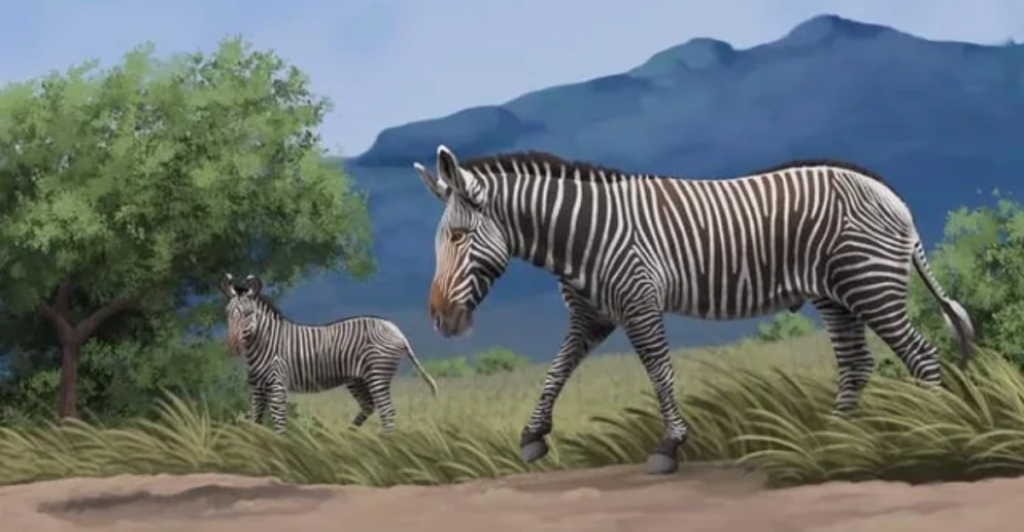
The Hagerman horse (Equus simplicidens) is often compared to modern-day zebras due to its striped features, was once one of the most common equine species, thriving on the open plains of North America during the Pleistocene epoch.
Fossils indicate it grazed on grasses, much like modern zebras today, playing a crucial role in maintaining prairie ecosystems. However, climatic changes and human hunting caused the animal’s extinction 10,000 years ago.
This species is historically significant as the state fossil of Idaho and is notable for being one of the best-preserved fossil records of prehistoric horses discovered anywhere in North America. Its disappearance underscores how even resilient species can fall victim to environmental disruption and human activity during times of ecological transition.
5. Shasta Ground Sloth
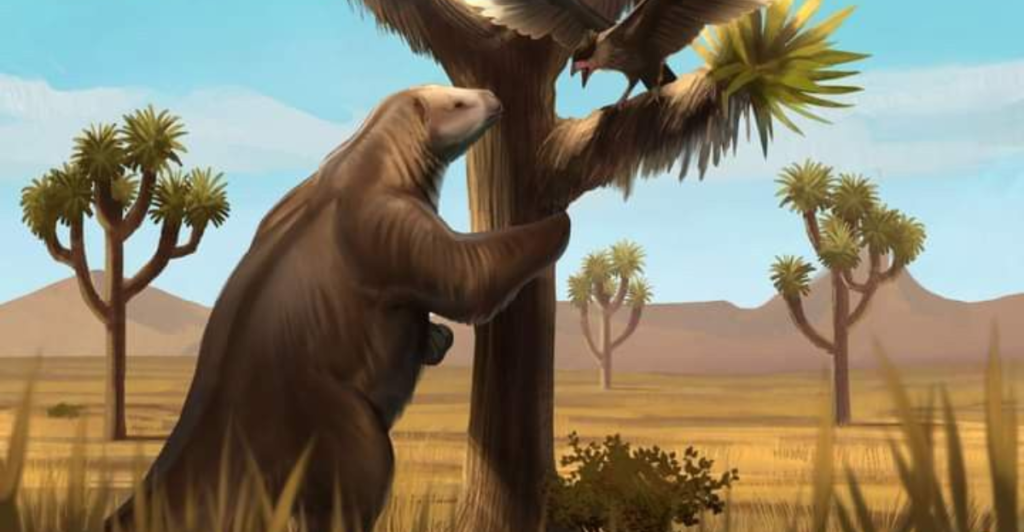
The Shasta ground sloth (Nothrotheriops shastensis) was an extraordinary Ice Age herbivore that thrived in North America’s deserts and caves. It would weigh up to 500 pounds, and adapted to arid environments by eating tough plants like cacti or yucca, which other animals avoided because of their spines or toxicity.
Fossilized dung found in caves provide researchers with clues and evidence of its diet and behavior, as well as the resilience to survive in adverse environments with limited resources.
Tragically, this species went extinct about 11,000 years ago due to climate changes and human hunting. Its extinction illustrates how specialized adaptations can become liabilities as ecosystems undergo rapid change or experience external pressures like human overhunting.
6. Harlan’s Ground Sloth

Harlan’s ground sloth (Paramylodon harlani) was an Ice Age herbivore that weighed close to a ton and grazed on grasses and shrubs across warmer regions of western North America.
Unlike its larger cousins, such as Megatherium, Harlan’s ground sloth fed on low-lying vegetation and was adapted to living closer to the ground, a unique adaptation among ground sloths. The fossilized footprints were unearthed in New Mexico and provide clues about its movement and social behavior, shedding light on its life before it went extinct some 11,000 years ago as a result of human hunting and climate changes that caused ecological upheaval.
Its extinction marked the end of an era for large herbivores that once shaped North America’s grasslands by their grazing habits and seed-dispersing systems.
7. Bachman’s Warbler
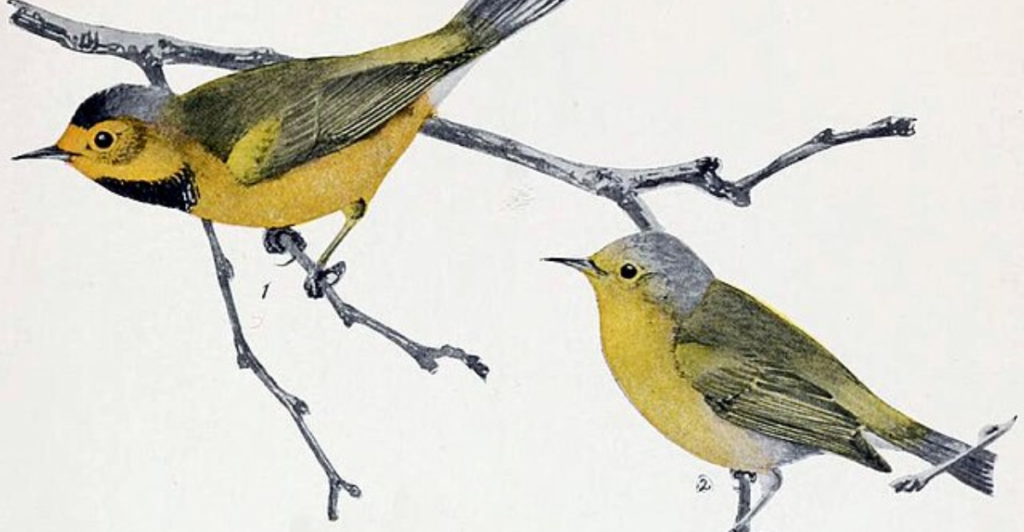
Bachman’s warbler (Vermivora bachmanii) was once a common sight in the southeastern U.S., where it would breed in swampy forests that had dense vegetation that provided plenty of food and shelter to nest in.
However, logging activities and wetland drainage destroyed most of its habitat in the early 20th century, resulting in rapid population declines by the mid-1900s. While there have been periodic unconfirmed sightings since then, experts generally accept that this small, beautiful songbird is extinct — the last confirmed sighting was in the 1960s.
Its disappearance is a tragic wake-up call: Human-driven habitat destruction can permanently erase species from existence, but it can also remind us of the need to protect fragile ecosystems before it is too late.
8. Pleistocene Ground Sloth
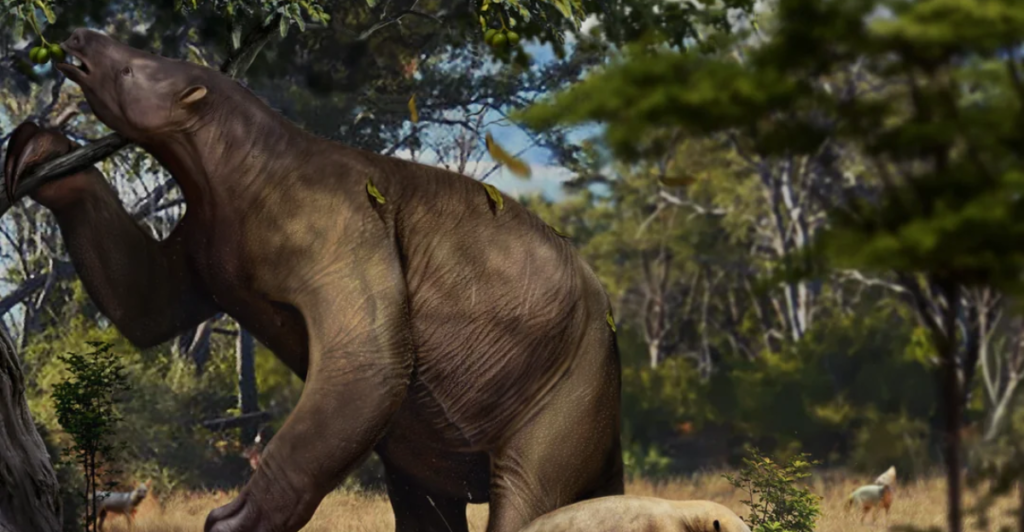
The Pleistocene ground sloth (Megatherium americanum) was one of the biggest land mammals of all time, standing up to 13 feet, when fully grown, with a weight of several tons. This herbivore lived across both Americas for millions of years before it vanished about 10,000 years ago, a victim of climate change and hunting by humans who migrated here during the late Pleistocene epoch.
Fossil evidence reveals its formidable size and unique skeletal structure, which allowed it to stand upright while feeding on trees and shrubs. This adaptation allowed it to become a dominant herbivore in its ecosystems for millions of years.
Its extinction marked the end of an extraordinary lineage responsible for shaping prehistoric landscapes through grazing habits and seed dispersal methods essential for maintaining plant diversity.
9. Heath Hen
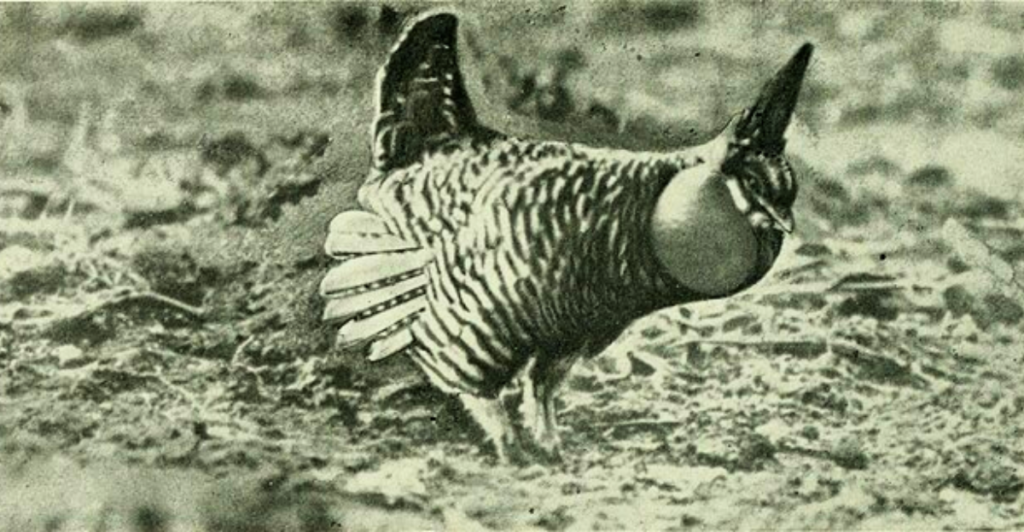
The heath hen (Tympanuchus cupido cupido) was once common throughout New England’s heathlands, but began to decline in numbers due to overhunting during the colonial period and habitat destruction from land development projects in the late 19th century.
It was already too late to conserve the species; all attempts to save some of the last populations on Martha’s Vineyard failed, and they disappeared until “Booming Ben,” the last heath hen, died in 1932, marking its official extinction status soon after.
The tragic fate of this bird inspired early wildlife preservation movements throughout America, while highlighting how even seemingly abundant species can face extinction without proactive intervention strategies focused on habitat restoration or sustainable resource management practices intended to prevent irreversible losses of species found within vulnerable ecosystems around the globe.
Explore more of our trending stories and hit Follow to keep them coming to your feed!

Don’t miss out on more stories like this! Hit the Follow button at the top of this article to stay updated with the latest news. Share your thoughts in the comments—we’d love to hear from you!







